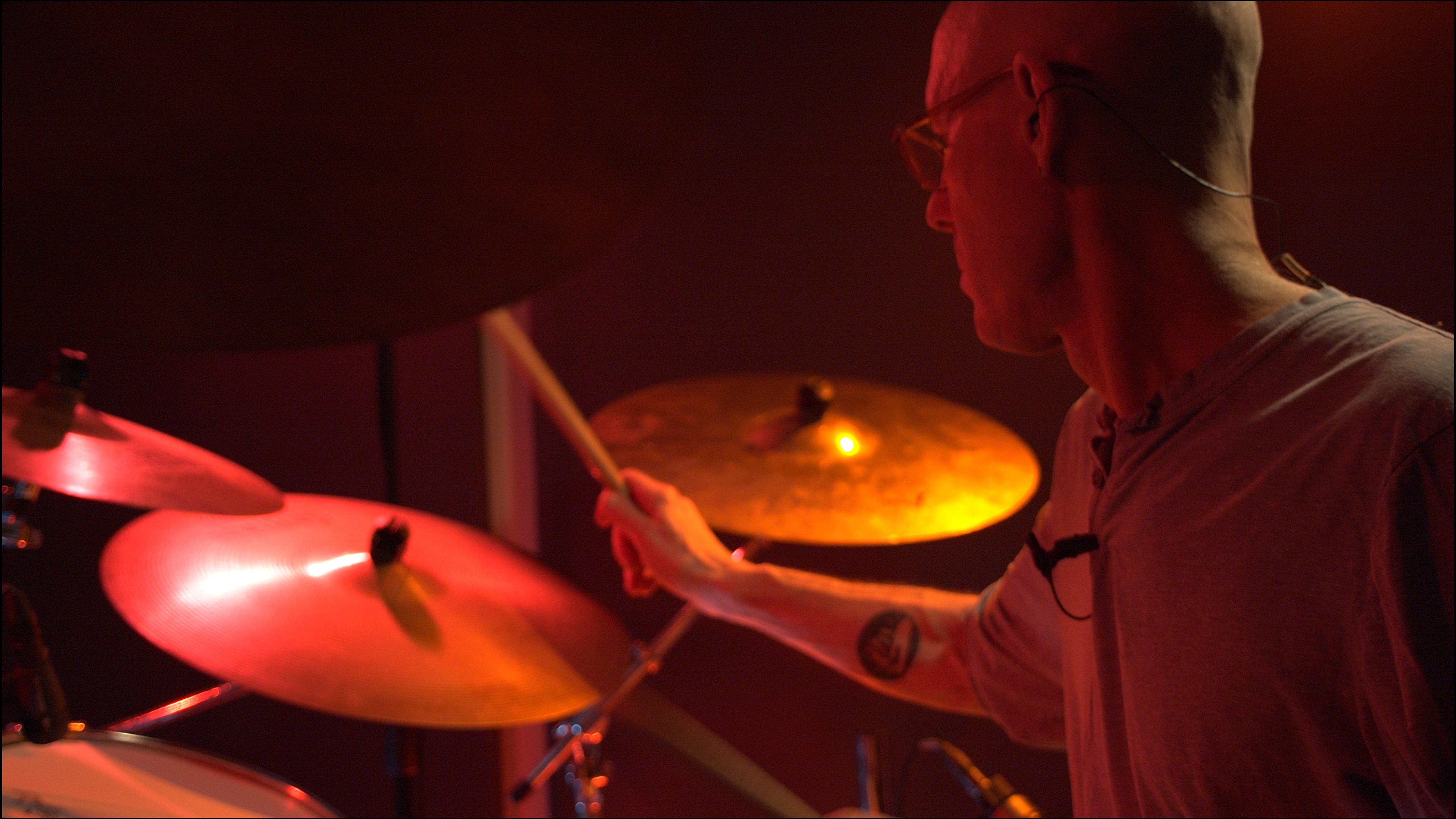Technique

What is technique, and why do I need it?
Technique is how we may develop and enhance our abilities on the drum set, while avoiding the creation of roadblocks or limitations. It is about creating a solid framework to build upon.
We begin this process by learning fundamental arm, hand and finger position, and by learning how to lift and throw the sticks with a consistent, energy efficient motion. We also establish a comfortable, ergonomic way of sitting at the kit and playing the pedals.
And we begin by learning the rudiments.
Rudiments are the building blocks of technique and form the alphabet of the language of rhythms used on the drum kit. The standard 26 American snare drum rudiments, as well as the extended 40 Percussive Arts Society (PAS) rudiments, are all important in developing good hand technique. Whether or not you use these patterns in playing music, the ability to execute them gives you good control, a relaxed grip and efficient movements. For the application of technique during improvisation, it’s the acquiring of a deeper vocabulary and the ability to access ideas with ease where advanced technique can really play a huge role.
In this method I have chosen to focus on a selection of the rudiments and their inversions that I feel best apply to actual performance, as well as some of my own ideas and extensions. This does not exclude the other rudiments, but instead presents a definitive framework, with the emphasis on expression in performance.
The Rudiments of the GT&MD Method
These are the rudiments that we will be applying:
1. Single Stroke Roll
2. Double Stroke Roll
3. Single Paradiddles
4. Double Paradiddles
5. Triple Paradiddles
6. Paradiddlediddle
7. Single Stroke 7
8. 4 Stroke Ruff (also called the Single Stroke 4)
9. 17, 15, 13, 11, 10, 9, 7, 6 and 5 Stroke Rolls (the “Roll Rudiments”)
10. Single Flam
11. Flam Tap
12. Inverted Flam Tap
13. Flam Triplet (also called the Flam Accent)
14. Swiss Army Triplet
15. Flam 4 Stroke (my version of the Single Flammed Mill)
16. Pataflafla
17. Single Drag
18. Single Ratamacue
19. Double Ratamacue
20. Lesson 25
Who are some extremely technical drummers?
Here are several drummers whose technical ability for me remains unparalleled and inspiring to this day:
Buddy Rich
“Traps the Wonderkid ” was his nickname as a child, and the ferocity and extreme technique and ability he displayed at the kit for his entire career gave him the title of world’s greatest drummer. His playing is still studied and emulated to this day, with some of his “licks” still being referred to as impossible!
Tony Williams
When this young phenom debuted with the Miles Davis Quintet in 1963, jazz drumming was forever changed. Combining incredible tchnique with an amazing musical sense, Williams also established polyrhythmic playing and metric modulation on the musical landscape like none before him.
Billy Cobham
Billy Cobham was essentially the inventor of jazz-fusion drumming in the early 70s. His playing with the Mahavishnu Orchestra, and with his own bands, simply defined an era. With a combination of speed, power and finesse, he influenced a generation of drummers, including all of the following on this list!
Vinnie Colaiuta
Vinnie reinvented the drumset and how it could be applied as a young man during his tenure with Frank Zappa. Manipulating odd meters and odd subdivision with freakish ease, and being an incredible sight reader, he completely changed the game in the late 70s. He has since gone on to become one of the greatest, most versatile and diverse drum set artists of all time.
Dave Weckl
Dave Weckl was perhaps the first in a new breed of electric jazz “fusion” drummers in the 80s to come along and blow everyone away with his incredible technique and musicality. His work with Chick Corea remains unparalleled, and he continues to push the boundaries to this day.
Marco Minnemann
Marco arrived on the international drumming scene in the late 90s, and quickly became the newest fusion and solo drumming phenomenon. Capable of playing anything, and sometime many things all at the same time, he gave us a new look into what was possible using extreme independence, while developing the concept of “inter-dependence”.
